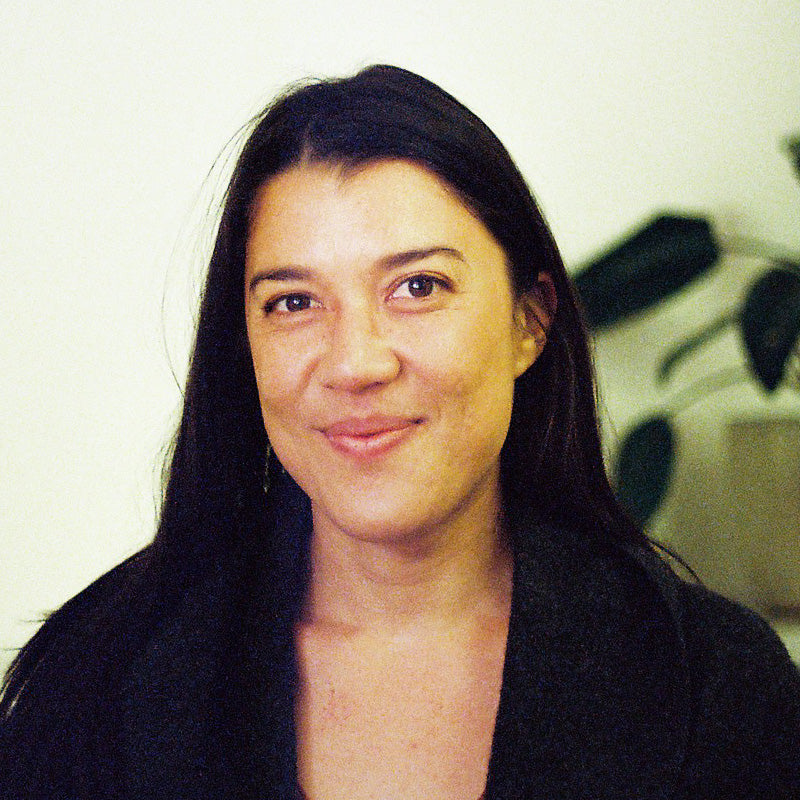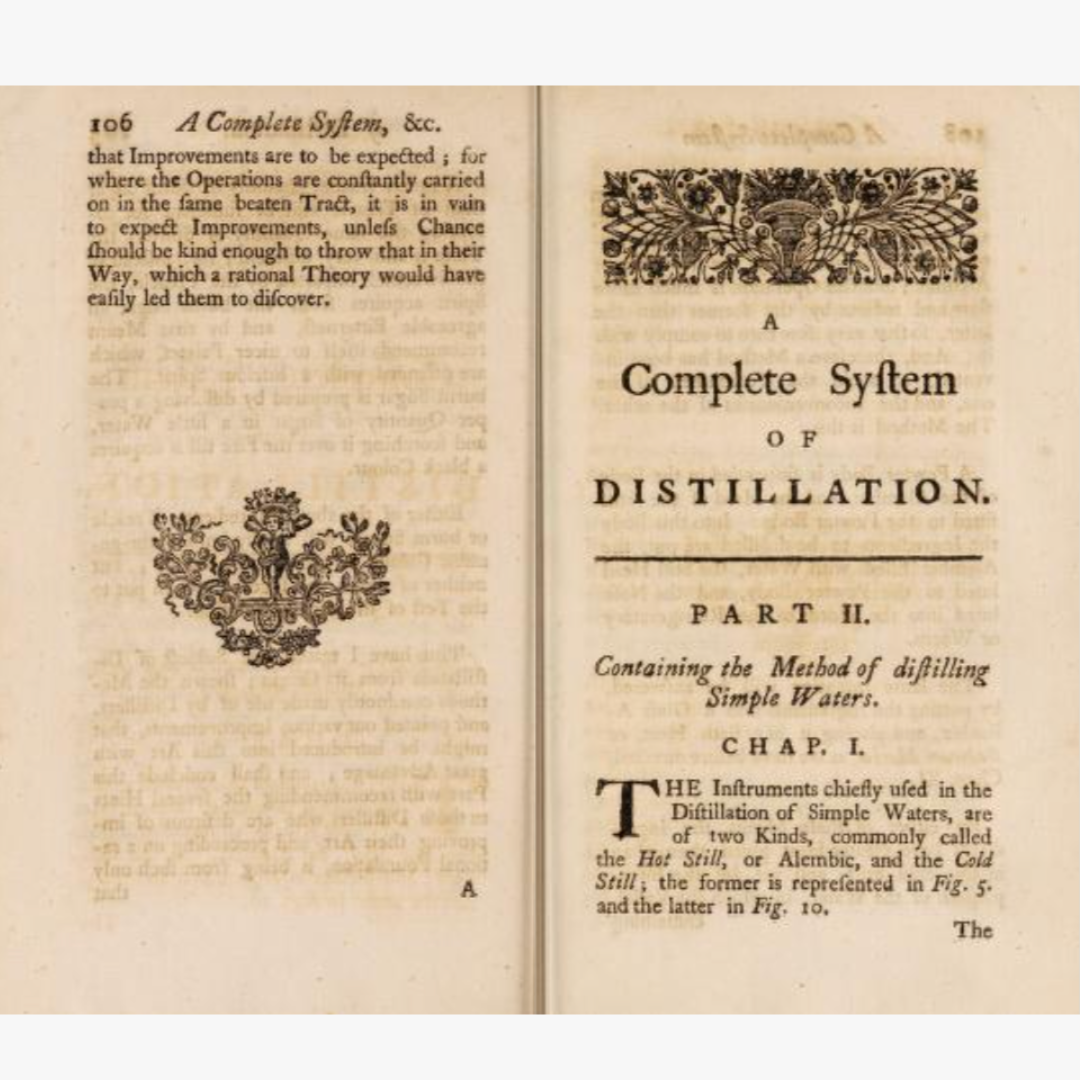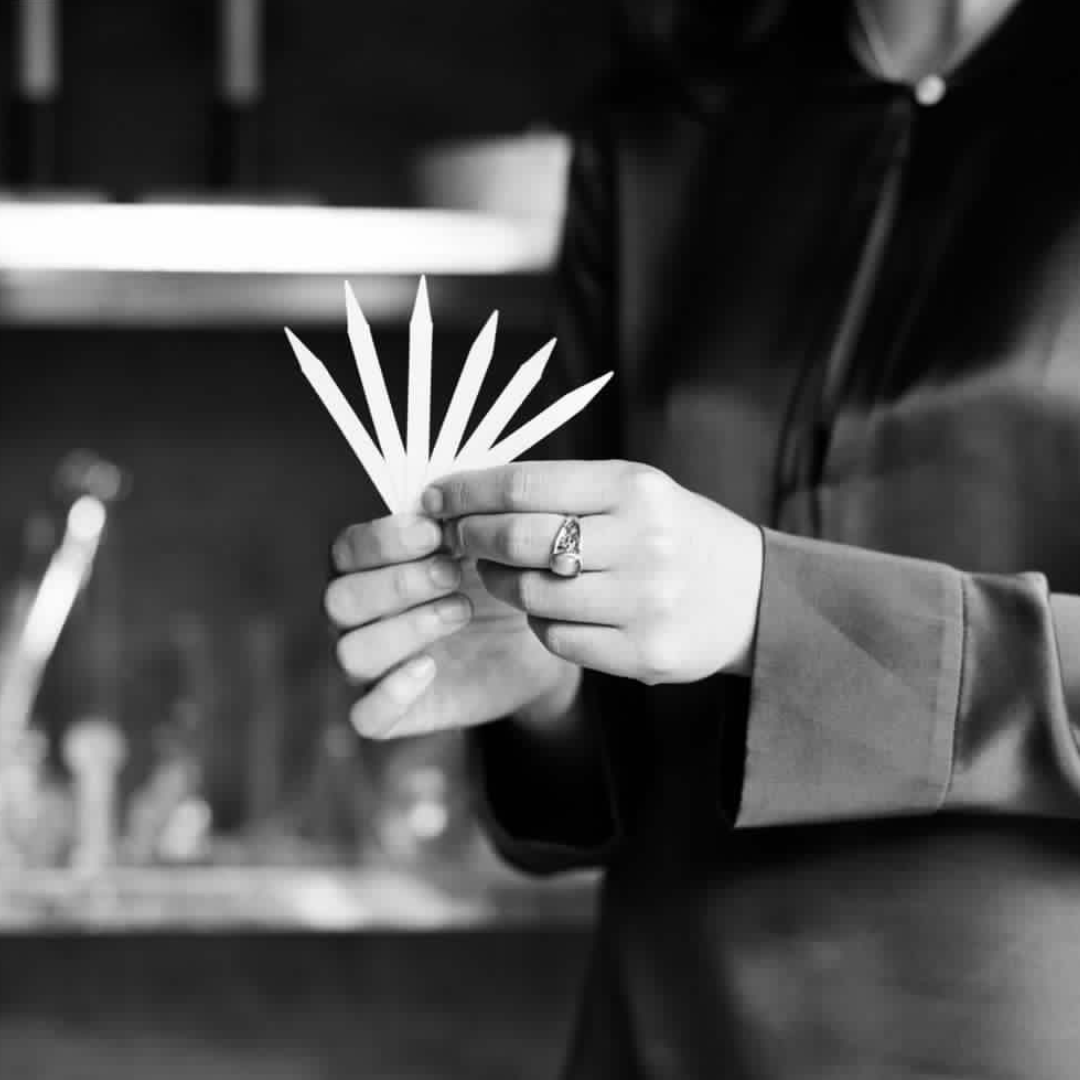CULTIVATING VANILLA IN QUEENSLAND - AN INTERVIEW WITH GROWER FIONA GEORGE FROM BROKEN NOSE VANILLA

I discovered Broken Nose Vanilla when sourcing ingredients for batch II of Antiquarian. Whilst the first batch had premium vanilla also sourced from Queensland, when I smelled the voluptuous beans grown by Fiona George and Matt Allen I fell in love. They were deeper and woodier, with an intense vanillin hit every perfumer dreams of. The caviar inside was ample, and when processed into a tincture the aroma truly undid me.
Endemic to South and Central America as well as the Caribbean, the Totonacs of Mexico’s east coast are thought to have been the first people to cultivate Vanilla. In Totonac lore, the daughter of the Mexican fertility goddess, Xanat, was in love with a Totonac youth. Alas, due to her divine nature she was unable to marry him so she transformed herself into a plant that would provide pleasure and joy – Vanilla.
The fragrance of Vanilla alone is known to reduce stress and anxiety, instilling calm to the beholder. Unfortunately, most vanilla fragrances today utilise synthetics due to the costly nature of the botanical material – thus they lack the aromatherapeutic benefits.
Vanilla is second only to Saffron as the world’s most costly spice, due to the labour intensive nature of production. In the tropical forests where Vanilla hails from, the orchids are pollinated mainly by the Melipona bee who is unique to the area. So how has it come that vanilla can grow in tropical Queensland?

Each vanilla orchid has to be pollinated by hand to bear fruit. This method was discovered by Edmond Albius at 12 years old whilst enslaved on the island of Réunion. He taught the technique to the surrounding vanilla growers where the vines had never borne fruit due to the absence of pollinators. He paved the way for a booming vanilla industry that brought great fortune to white colonists and the French economy, and today is expected to reach $312.6 million USD globally by the end of 2026. Edmond Albius never received any profit for his discovery, and died at the age of 51 at a hospital in Sainte Suzanne. The unjust and violent colonial history of so many of the ingredients now globally available is often unacknowledged. We pay our respects to Edmond Albius, an exceptionally talented horticulturalist who brought the delights of vanilla to the world.
Learn about the cultivation of this much loved spice below, in an interview with Fiona and Matt from Broken Nose Vanilla about their farm and experience.

What sparked the change from city living to move and cultivate vanilla in Queensland?
We were living in Auckland (Matt is from Sydney, tho) and it was cold and wet and Matt thought it might be nice to move back to Australia. We were experimenting with cooking with real vanilla and loved it, so it all started to come together: a new adventure in the tropics!

Can you paint a picture for us of your farm and surrounds?
We are one hour’s drive from Cairns, near the coast. It is hot and humid – really hot for about three months, perfect for about five months. It is very lush, green, fecund. We are high on a hill overlooking the Russell River valley which is at the foot of Queensland’s highest mountain, Mt Bartle Frere, on the Great Dividing Range. Spread out in front of us are the mountains as backdrop, then the rainforest of national park, the banana and cane paddocks, then the river, then our vanilla in shadehouses on the river flat.
There are lots of butterflies and birds.

What makes your farm the perfect place to cultivate Vanilla? Could you please tell us a little bit about your farming practices?
Vanilla loves a humid, tropical environment, but shaded. We grow in shadehouses on rows of trellises. We keep clumps of trees between the shadehouses to provide cooling and a habitat for a variety of insects and birds, and to fix nitrogen and provide us with leaf fall for mulching the plants.
We are ”biological” farmers, which means we don’t use any pesticides or inorganic fertilisers; we focus on building soil health (no cultivation, hand weeding, lots of organic matter in the form of mulch) and let the microbes do the work of slowly releasing nutrients to the plants. We have dozens of spider varieties and other insect predators that mostly keep the nasties away.
We mow and whipper snip to keep the grass in check, and hand weed the rows. It’s a big job but we’ve seen great benefit over time.

Every single vanilla flower has to be pollinated by hand in order to bear fruit – and time is limited as each flower opens for approximately 8 hours. The immensity of this task is hard to understand if you haven’t hand pollinated vanilla before. What does the process require and how many flowers do you pollinate in a season?
In our biggest season we pollinated around 100,000 flowers – we count every one!
We start around 6am (it’s a winter job and the mornings are clear and dewy with promise of a warm sunny day). We need to finish by midday, ideally. Matt can pollinate up to 600 per hour; I am more like 450, so we do thousands every day at the peak.
We use a flattened toothpick to move the membrane in the flower aside to allow us to bring the male and female parts of the flower together – it takes a few seconds. To get fast, you have to always be looking for the next flower as you’re finishing the last one. We tag the new buds with pink tape so that we can find the flowers easily when we’re moving quickly through the vines.
Each flower only opens for one day, so if we miss that opportunity, that is a potential bean gone.

Nine months after successful pollination, the odourless, flavourless and green bean begins to show a hint of yellow at its tip and is ready for harvest. Then begins the long process of curing the beans to give them the scent and taste we adore. Could you describe this process for us?
We harvest each bean individually (most parts of the world, they’re harvested in bunches, before some of them are really ready), checking every few days during the annual harvest. The first step is to “kill” the beans (stop them ripening further) by immersion in very hot water and then placing into a hot box for a few days for the green beans to turn brown. The begins the daily task of sun heating on towels on tables, and wrapping the beans in bundles for overnight sweating. The idea is to maintain a constant warmth that generates enzymatic activity to convert the sugars to vanilla compounds. The final stage is “resting” in the shed on shelves to slowly reduce the remaining moisture to a stable point where they are oil and supply but won’t succumb to mould.

The curing process has a big impact on the vanillin levels of the beans – and yours is astoundingly high. Did you have a mentor to guide you or was it trial and error with developing your process?
Internet and trial and error (or as a farming friend says: trial and success!)

Growing Vanilla is extremely labor intensive, and I understand you are also in an area prone to cyclones. What have been your major challenges with cultivating vanilla?
- There was no-one to guide us. It is mostly self-taught.
- The weather, especially extreme weather events such as cyclones – we’ve had two Cat5 cyclones, within five years of each other. We have adapted and met the challenge and are now confident our crop can survive cyclones.
- Marketing to an uninformed customer base – that there is Australian vanilla – and it’s world class!
We have applied experience gained in other parts of our lives: using sailing techniques to build structures that will bend with the wind (instead of break!); using ecological principles to maintain crop health.

How do you unwind after a particularly hard day of work?
Gin and tonic, watch the sun go down over the mountains, imbibe the beauty, take delight in the birds. We’re also quite self-sufficient in excellent food – we make our own bread and ice cream; we pick from the garden; we have a great coffee machine. Matt is an excellent cook!

Could you share with us your favourite recipe to include your vanilla beans in?
Probably a sauce that Matt developed to accompany reef fish or prawns.
Vanilla Lime Sauce
Try this as a sauce to accompany fresh grilled or pan seared reef fish – an unexpected flavour burst.
Ingredients
1 vanilla bean
100g butter
1/2 small clove of garlic
1/4 kaffir lime leaf
1/2 teaspoon sugar
juice of a large lime
1 cup cream
Instructions
Scrape out seeds from one vanilla pod – set aside the seeds.
Put the empty pod and all other ingredients except the cream into a saucepan,. Simmer over low-med heat – turn heat down as soon as it starts to boil. Reduce to a paste.
Add cream and bring slowly back to a simmer. When it starts to boil, add the vanilla seeds and simmer for about 15 minutes to allow the flavour to infuse.
Serve over freshly cooked fish or seared scallops or other seafood.
Recipe from Matt Allen




